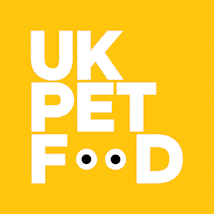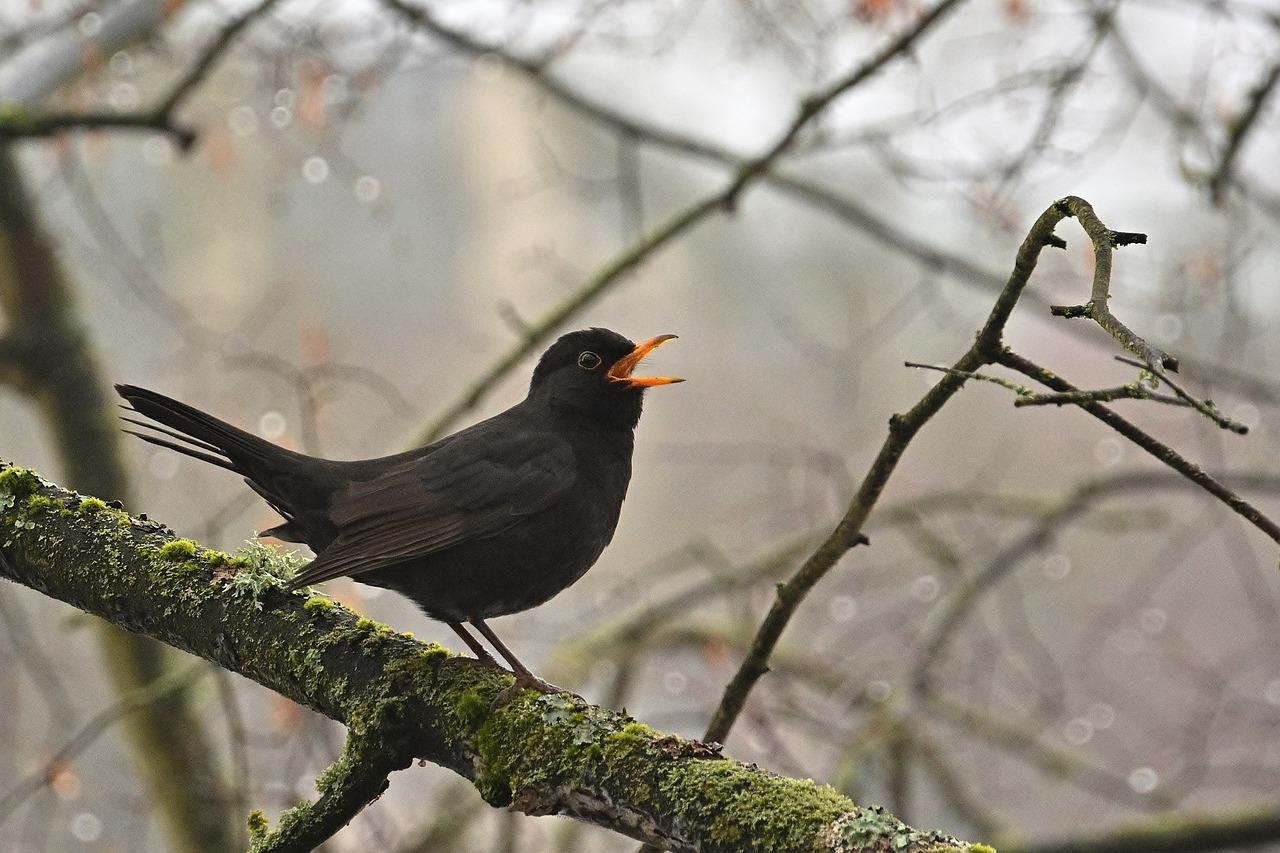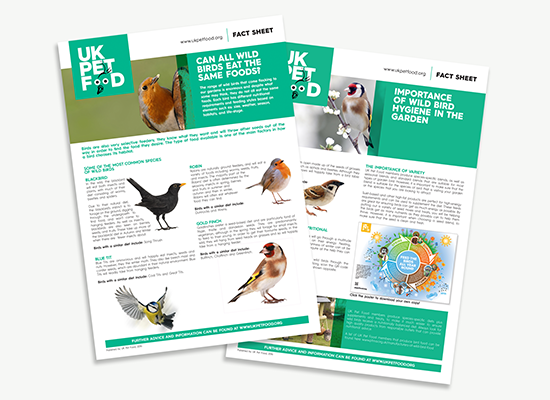Feeding guides for wild birds
The simple answer is no!
As well as having different nutritional requirements and ways of eating, wild birds are also very selective feeders. They know what they want and will throw other seeds out of the way, in order to find the food they desire.
The type of food available is one of the main factors in how a bird chooses its habitat and since natural food shortages can occur any time, it is best to feed wild birds all year round.
Here's a guide to what some of the most common species of wild birds can eat:
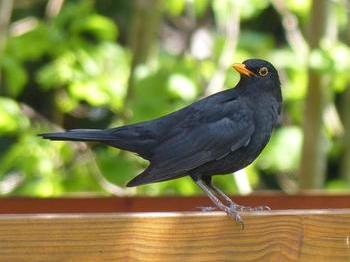
Blackbird
In the wild, the blackbird will eat both insects and plants, with much of their diet consisting of worms, beetles and spiders.
Due to their natural diet, the blackbird’s instinct is to forage on the ground, digging through the undergrowth to find food, and won’t come to hanging feeders.
As well as insects, blackbirds are also keen on berries, seeds, and fruits. These take up more of the blackbirds’ diet in Autumn and Winter when there are fewer insects about.
Birds with a similar diet include: Song Thrush
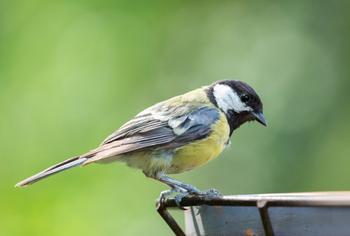
Blue Tit
Blue Tits are omnivorous and will happily eat insects, seeds and nuts.
They also like beech mast and conifer seeds, which are abundant in their natural environment.
Blue Tits will readily take from hanging feeders.
Birds with a similar diet include: Coal Tits and Great Tits.
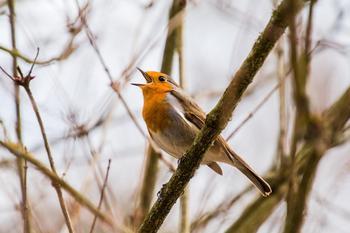
Robin
Robins are naturally ground feeders, and will eat a variety of foods including worms, seeds, fruits, and insects.
The majority part of the Robins’ diet is often determined by the seasons – insects in spring, berries and fruits in summer and autumn, and then in winter, Robins will often eat whatever
food they can find.
Birds with a similar diet include: Dunnocks and Wrens
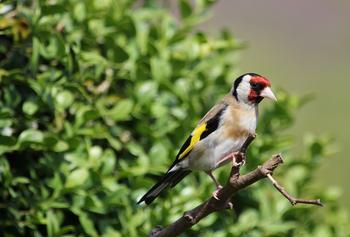
Goldfinch
Goldfinches prefer a seed-based diet and are particularly fond of Nyjer, thistle and dandelion seeds.
They are predominantly vegetarian, although in the spring they will forage for small insects to feed to their young.
In order to get their favourite seeds, in the wild, they will hang from seed heads on grasses and so will happily take from a hanging feeder.
Birds with a similar diet include: Bullfinch, Chaffinch and Greenfinch
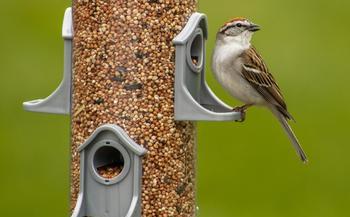
Tree Sparrow
Tree Sparrows tend to live in the open made up of the seeds of grasses and also feed on insects such as aphids and beetles.
Although they can be fairly shy, Tree Sparrows will happily take from a bird table and feeder.
Birds with a similar diet include: House Sparrows
How to feed wild birds
Bird tables are suitable for many bird species and most foods. Even a simple tray can be perfectly adequate, with or without a roof.
It is important for the design to allow the rainwater drain away and you are able to clean away droppings and uneaten food.
Sometimes elaborate designs can be difficult to clean.
Nut feeders are made of steel mesh, and are the only safe method of offering nuts to wild birds. The mesh size needs to be large enough to prevent birds damaging their beak, and small enough to avoid large pieces of nut from being taken due to the risk of choking.
Seed feeders are often in the shape of a transparent tube container with holes through which birds are able to access the seed. These are designed for sunflower seeds and seed mixes. They attract birds such as tits, siskins and greenfinches.
Ground Feeders can be made of wood or metal. Some of them have metal mesh protection to allow only the smaller birds in and protect them against predators.
What not to feed wild birds
Birds might try and eat almost anything that is edible, but some items are harmful and should not be put out at a garden feeding station. Such items include:
Salty items
Desiccated coconut
Desiccated coconut can be fatal to birds if not well soaked and is best avoided altogether.
Spoiled food
Any mouldy or spoiled foods must be avoided.
Milk
Other hazards for wild birds
Always be mindful of anything that could choke a bird. These might include whole peanuts, lumps of hard fat and dried bread.
During the spring and summer breeding season, any food you are offering on your bird table should be suitable for the young chicks, as adults may occasionally use them to feed the youngsters. Loose peanuts, dry hard foods, large chunks of bread or fats can cause chicks to choke and die.
It is also important to be aware of items that may trap birds’ feet and cause broken or torn off feet and legs, such as the nylon mesh bags in which peanuts and fat balls are sold. And never put out any food in the mesh bags, as birds with a barbed tongue, e.g. woodpeckers, can become trapped by their beaks.
